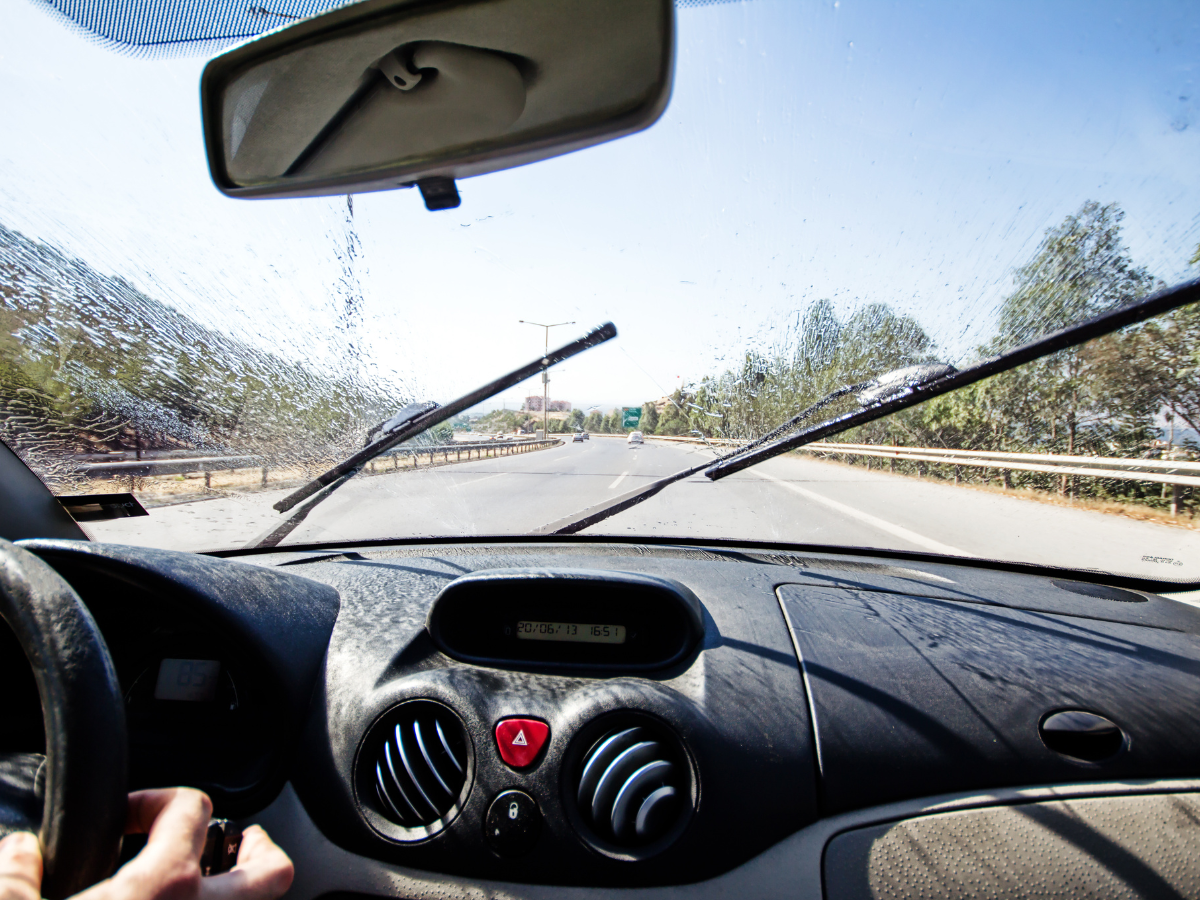So you’ve watched a million TV shows and movies where the action hero blows out a tire in a car chase scene and continues to drive on it as if nothing happened. Now, you’ve probably surmised that this isn’t a realistic scenario and you’ve probably also guessed (correctly) that this isn’t good for your car and tires. But if you’ve ever gotten a flat, you may find it tempting to say “I’m not that far from the house” or “how far is too far to drive on a flat?” We get it, rather than risk pulling off to the side of the road or deal with other conveniences it seems easier to just keep driving. So let’s break dow the reasons why driving on a flat tire is a bad idea so you can make informed decisions when misfortune strikes.
1. Car Damange
Cars are much like the human body, one misalignment or injury can throw the rest of the body out of whack. Driving on a flat tire for extensive distances can damage your vehicle’s wheelbase. The wheelbase is responsible in part for for properly distributing your vehicle’s weight. Drive too long on your flat tire and you damage the metal that helps secure the tire and directly impact your car’s steering and balance.
2. Tire Damage
Driving on a flat tire can damage your wheels. Unless you’re part of a tire subscription service like Treads that replaces damaged tires—if you blow a tire, you’re going to be looking at spending additional money to repair your tire. Try not to add additional expenses to your repairs by adding rims to the repair bill.
3. Safety
Most importantly, driving on a flat can make for unstable driving conditions and affect your ability to control your vehicle. When you get a flat you should try to pull over to the safest spot as soon as possible. Making sure not to pull over where there maybe blindspots or low visibility but also trying not drive long distances on damaged tires.
So…how far can I drive on a flat tire?
Okay, so you know that it’s not safe for you or your vehicle to drive on a flat tire but you still need to know how far you can go. MotorBiscuit suggests not trying “to drive more than several hundred yards on a flat tire. If traveling a short distance on a flat is the only option, avoid rough terrain and pull over as soon as it’s safe to do so. Avoid fast acceleration, and keep the car under 15 to 20 mph.”
How to change a flat tire
Optimally you’re able to put on a spare and get to a tire location until a tire subscription service like Treads can come to your house and fix things up for you or you’re able to make it to a local tire repair shop. In order to make it home, you’re going to first need to know how to put on a spare tire. There are a lot of in-depth video tutorials out there but just so you know the basics, let’s go through the steps:
Items Needed
Jack
Wheel Lock Key
Tire Wrench
Spare Tire
Owners Manual
Reflective Gear
Flashlight
Changing the Tire
- As soon as you feel you’ve got a flat, put your hazards on and pull off to a safe location. Now I know we’ve discussed at length that driving on a flat can damage your car but safety goes before all else. So if you feel the road you’re on is too busy, narrow, or that there are blinds spots (like being on a curve for example) then it might be worth it to drive slowly to a nearby parking lot.
- Once you find a flat, safe spot, use the parking brake and any other safety devices you might need like tire wedges (to help keep from rolling), reflective vest and cones to create a more visible work space.
- Loosen the lug nuts using the tire wrench in a counter clockwise direction.
- Place the spare under the car as an insurance to the jack should it fail. Each car has jack points on it, read your car’s manual to decide where to place the jack. Typically it is a under a flat metal bar. Raise the side that has a flat so it is even with the rest of the car. Completely remove the lug nuts you have already loosened (step 3) and replace the tire with the spare. Place the lug nuts on the bolts with your hand and gently tighten them, not using the tire wrench just yet.
- Safely lower the vehicle and place the lug nuts on the wheel with the spare tire. Tighten it clockwise with your tire wrench. Tighten them firmly so that your tire will not fall off, but not so tight that you could never remove the tire.
- Once the car has been completely lowered, you can carefully remove the jack and place all materials back in the trunk. \
Driving on a spare tire is better or “donut” is better than driving on a flat. However, it’s more of a “Bandaid” than a long term fix. Just like a flat tire, you do not want to drive extensive distances on a spare. A general rule many subscribe to is the 50/50 rule—trying not to drive faster than 50 mph or further than 50 miles in distance. If you have to put a donut on the front of your car, you ought to try and minimize your distance and speed even further. Typically the motor puts more weight and pressure on the front tires and donuts just aren’t meant to go long distances.
Need a new set of tires and don’t want to leave the house or sit in a waiting room that smells like burnt coffee and rubber? Let us know, and we’ll bring the tire change to you!





